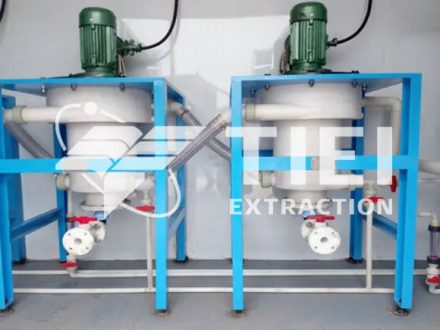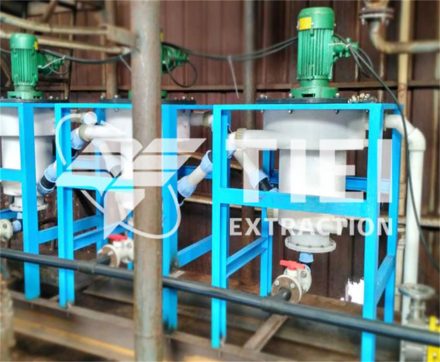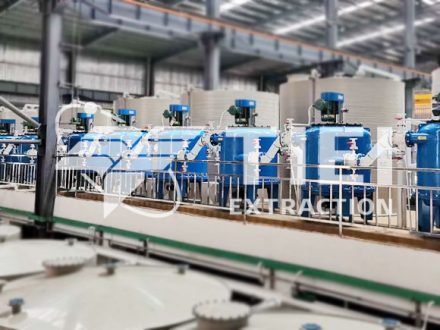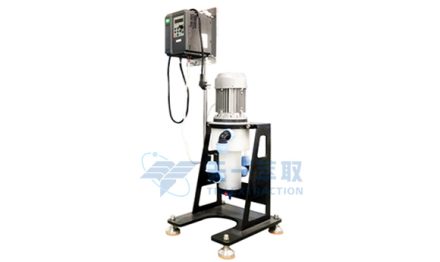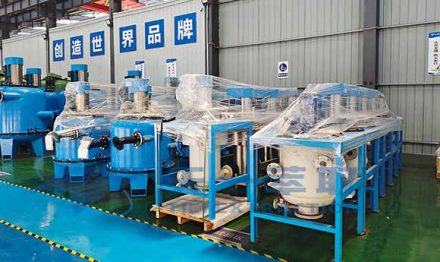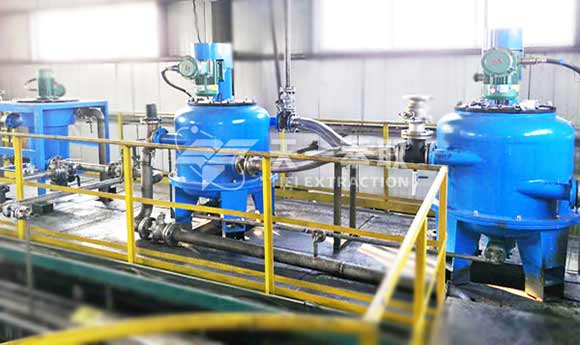
With the rapid development of the electronics industry, the demand for printed circuit boards (PCBs) continues to rise, and China has become the world’s largest PCB manufacturing base. Statistics show that about 20% of the annual industrial copper consumption in China is used for PCB production, of which nearly 10% flows into etching waste solutions. Efficient treatment and resource recovery of copper-containing etching solution is not only critical for environmental protection but also an important pathway for the sustainable utilization of copper resources.
Among various treatment processes, the extraction–electrowinning (SX-EW) technology has become the mainstream method for alkaline etching solution regeneration and copper recovery due to its high efficiency, environmental friendliness, and cost-effectiveness. This technology can not only recover almost all the copper from waste solution, producing electrolytic copper with a purity of up to 99.95%, but also enable the regeneration and reuse of etching solution, significantly reducing production costs for enterprises.
Process Flow: Three Steps to Achieve Copper Recovery and Waste Solution Regeneration
- Extraction Stage
The alkaline etching waste solution and a special extractant are fed separately through the heavy-phase and light-phase inlets of the CWL-M centrifugal extractor. Under centrifugal force, copper ions are efficiently transferred into the organic phase, achieving the initial separation of copper from the etching solution. The quality of the extractant directly determines both the copper extraction efficiency and the quality of the regenerated solution. - Stripping Stage
The copper-loaded extractant is mixed and reacted with sulfuric acid inside the centrifugal extractor. Copper ions are stripped into the aqueous phase, forming a copper sulfate solution, while the extractant is regenerated for continuous recycling. This process realizes both copper transfer and extractant regeneration, operating in a continuous and highly efficient manner. - Electrowinning Stage
The copper sulfate solution enters the electrolytic system, where copper ions are deposited onto the cathode as high-purity electrolytic copper under the influence of an electric field. At the same time, sulfuric acid is regenerated and returned to the stripping stage for reuse, forming a closed-loop cycle with no secondary pollution.
Core Equipment: CWL-M Series Centrifugal Extractor
The successful implementation of this process relies on high-performance extraction equipment. The CWL-M series centrifugal extractor, with its strong centrifugal force, enables rapid mixing and separation of two phases. It features short residence time, fast phase disengagement, and a wide adaptability to flow ratios. The equipment allows flexible adjustment of rotational speed and weir plate design, making it suitable for materials with different viscosities and densities. This effectively addresses common issues in traditional equipment, such as ion entrainment and incomplete phase separation.
Technical Advantages and Economic Benefits
The greatest advantage of this process lies in the fact that copper extraction does not alter the original composition of the etching solution. After copper removal, the raffinate only requires the addition of a small amount of etching salts and ammonia for parameter adjustment to be regenerated into usable etching solution, which can be recycled back into the production line—achieving true “zero waste discharge.” Meanwhile, the extractant is continuously recycled with extremely low consumption, significantly reducing operating costs. Enterprises not only generate revenue through the sale of electrolytic copper but also save on the purchase of fresh etching solution and the disposal of waste solution, thereby greatly enhancing market competitiveness.
Welcome contact us for more details
Email: sales@tieiextraction.com
Whatsapp: +86 19069612820

